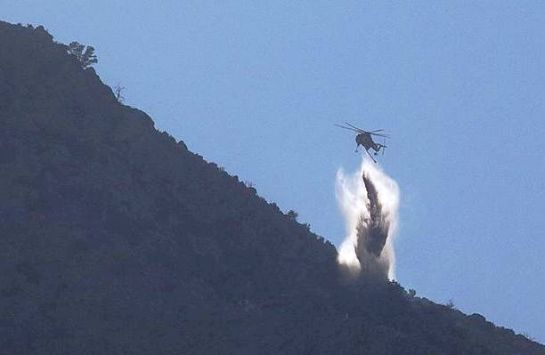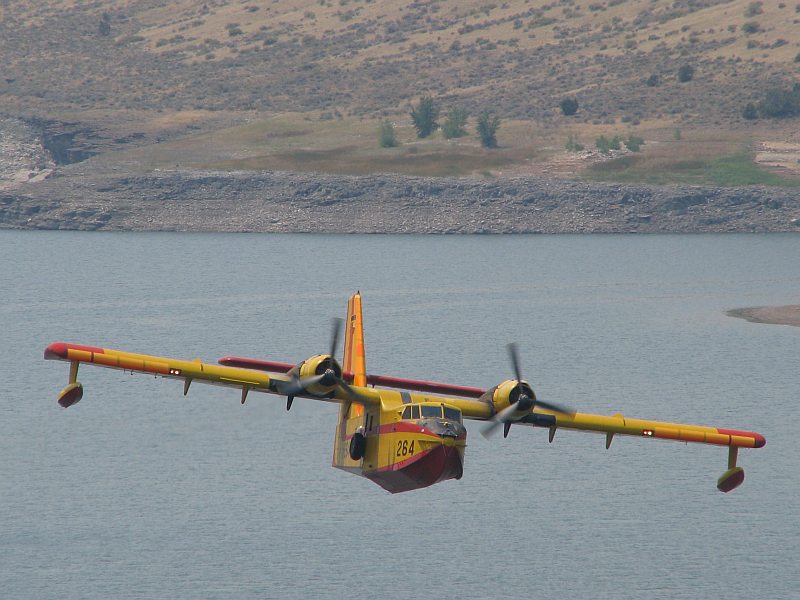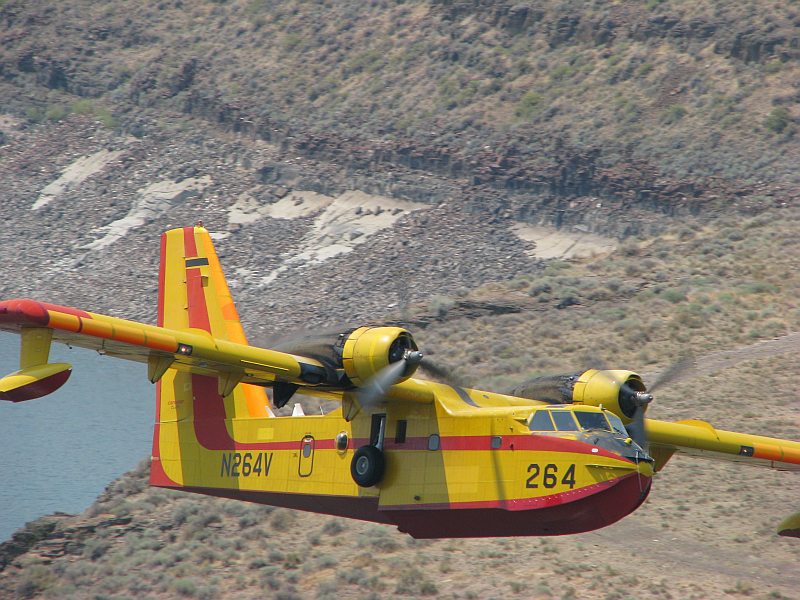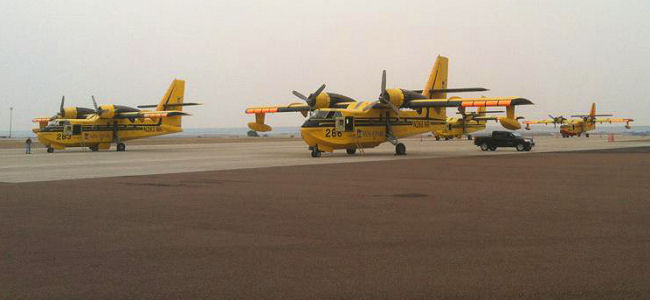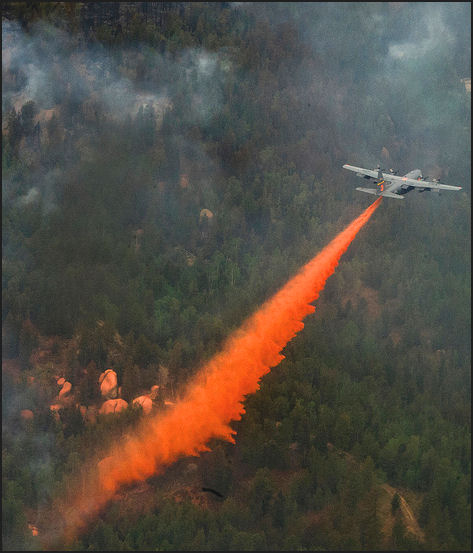CAL FIRE has released a preliminary report about two firefighters being treated at a hospital after being hit by an air tanker drop on the Buck fire in Riverside County, August 14, 2012. Here is the text from their “Blue Sheet”:
==============================================================
SYNOPSIS
The following is a Preliminary Summary Report of an incident that occurred due to an air tanker drop on a wildland fire incident, resulting in minor injuries to two crewmembers.
NARRATIVE
While assigned to perimeter control / structure defense in the initial attack phase of an extended attack fire, a CAL FIRE/Riverside County Fire Department type III fire engine and two of the three crewmembers, were struck by retardant dropped from a CAL FIRE air tanker. At the time of incident, the crewmembers were scouting on foot to determine the best access to their assignment. As they turned to walk back to the engine, the Fire Apparatus Engineer and one Firefighter were struck from behind and knocked to the ground by the force of the retardant released by a passing air tanker. The Crewmembers involved did not see or hear the air tanker until moments prior to impact.
The Fire Apparatus Engineer and both firefighters regrouped and engaged in the assignment. Approximately one hour later, the Fire Apparatus Engineer noticed the involved Firefighter appeared disoriented and his face appeared swollen. The Fire Apparatus Engineer requested and received medical assistance. Upon evaluation, the Paramedic Engine Company assigned to the Division made the decision to transport via ambulance both the Fire Apparatus Engineer and the Firefighter to the hospital for further evaluation. Both were treated and released within hours of the incident.
RECOMMENDATIONS FOR IMMEDIATE REVIEW
• All personnel will maintain Situational Awareness at all times – “Look Up, Look Down, and Look All Around!”
• Communication and Coordination is imperative between ground and air resources to ensure safe tactics and minimize potential injuries. Per CAL FIRE Handbook 7015.3, important frequencies must be scanned and monitored by all resources. Scan only frequencies that are necessary to the assignment. Monitor important frequencies constantly
• Air Tanker Pilots and ATGS Personnel should review CAL FIRE Handbook 8364.6.3 “Retardant (or other suppressant) releases will be made at a high enough altitude where all forward motion of the fluid stops prior to impact with the ground. In no case will retardant be dropped lower than 150 feet above the top of vegetation.”
• Personnel should review CAL FIRE Handbook Section 4306.18 – “How to assume the safe position for an Air Tanker Retardant Drop.



